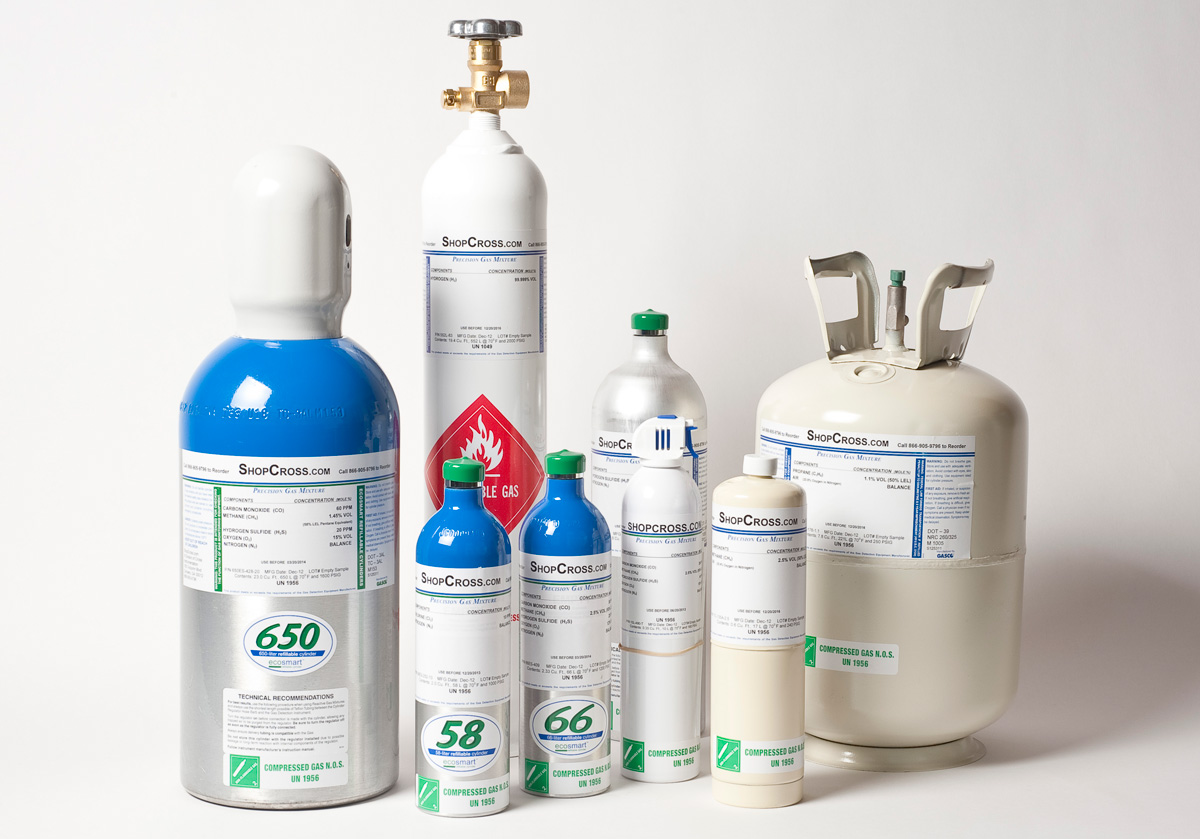Ethylene Gas in the food industry
 In the dynamic world of the food industry, ensuring the quality and freshness of produce is of utmost importance. However, maintaining the optimal conditions for fruits and vegetables can be challenging, especially when it comes to post-harvest preservation. One widely used method to regulate ripening and extend the shelf life of produce is the controlled application of ethylene gas. In this blog post, we will delve into the topic of ethylene gas in the food industry, exploring its benefits and potential drawbacks.
In the dynamic world of the food industry, ensuring the quality and freshness of produce is of utmost importance. However, maintaining the optimal conditions for fruits and vegetables can be challenging, especially when it comes to post-harvest preservation. One widely used method to regulate ripening and extend the shelf life of produce is the controlled application of ethylene gas. In this blog post, we will delve into the topic of ethylene gas in the food industry, exploring its benefits and potential drawbacks.
Understanding Ethylene Gas
Ethylene gas is a naturally occurring plant hormone that plays a crucial role in the ripening process of fruits and vegetables. It acts as a signal, triggering various biochemical reactions that contribute to fruit softening, colour change, and flavour development. Ethylene gas is released by many fruits as they ripen and can also be artificially applied to initiate or accelerate ripening in unripe produce.
The Benefits of Ethylene Gas Application
- Enhanced Ripening: Ethylene gas helps speed up the ripening process, allowing producers to bring unripe fruits to market faster. This can be particularly useful for fruits that are harvested before they reach their peak ripeness and need additional time to develop desirable characteristics such as flavour, colour, and texture.
- Extended Shelf Life: By regulating the release of ethylene gas, producers can manipulate the ripening process to extend the shelf life of fruits and vegetables. Controlled ethylene exposure helps to slow down enzymatic activity, reducing spoilage and maintaining freshness for longer periods. This translates into reduced waste and increased profitability for both growers and retailers.
- Uniform Ripening: Ethylene gas application ensures uniform ripening of produce, enabling consistency in quality and appearance. This is particularly advantageous for large-scale operations where uniformity is essential to meet consumer demands and maintain product standards.
Potential Drawbacks and Considerations
- Over-Ripening: One of the main risks associated with ethylene gas is the potential for over-ripening, which can lead to accelerated decay and loss of product quality. Proper monitoring and control of ethylene concentrations are vital to prevent premature spoilage and maintain optimal freshness.
- Ethylene Sensitivity: Not all fruits and vegetables respond favourably to ethylene gas. Some produce, such as lettuce, cucumbers, and potatoes, are particularly sensitive and can experience negative effects when exposed to high concentrations. It is crucial to consider ethylene sensitivity when implementing ethylene gas treatment.
- Environmental Impact: The production and application of ethylene gas involve energy consumption and emissions. As the industry moves towards sustainability and eco-conscious practices, it is important to explore alternative methods that reduce reliance on ethylene gas or minimise its environmental footprint.
Best Practices and Safety Measures
To ensure the safe and effective use of ethylene gas in the food industry, it is essential to follow best practices and adhere to safety guidelines. These may include:
- Regular monitoring and control of ethylene gas concentrations
- Proper storage and handling of ethylene gas cylinders
- Adequate training for personnel involved in the application process
- Compliance with local regulations and industry standards
Conclusion
Ethylene gas plays a significant role in the food industry, enabling producers to regulate the ripening process and extend the shelf life of fruits and vegetables. While it offers several benefits such as enhanced ripening, extended shelf life, and uniformity, caution must be exercised to avoid over-ripening and negative effects on ethylene-sensitive produce. As the industry continues to evolve, it is important to explore sustainable alternatives and employ best practices to ensure the safe and responsible use of ethylene gas in the food supply chain.
 Food Manifest
Food Manifest 















Leave a Comment
Your email address will not be published. Required fields are marked with *